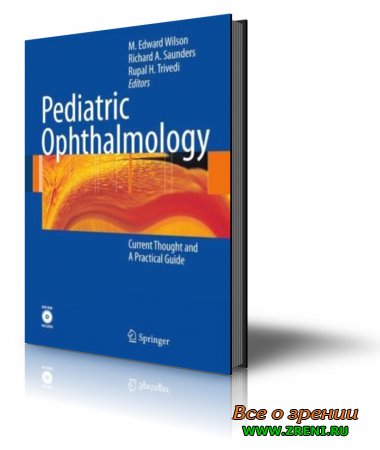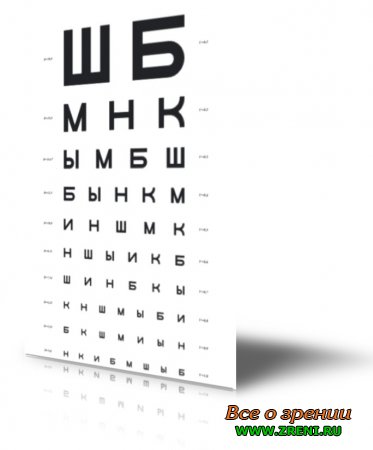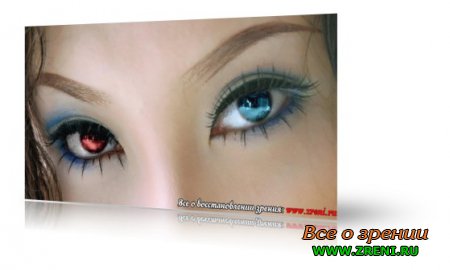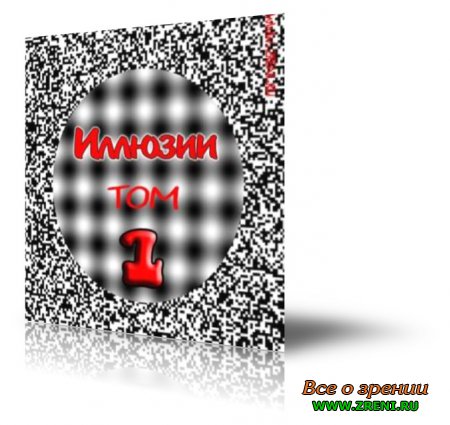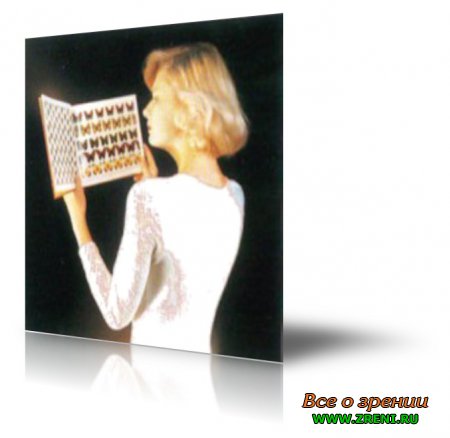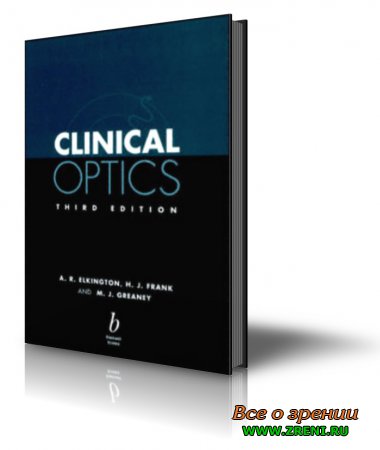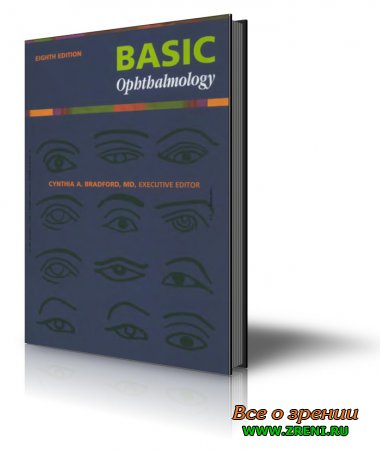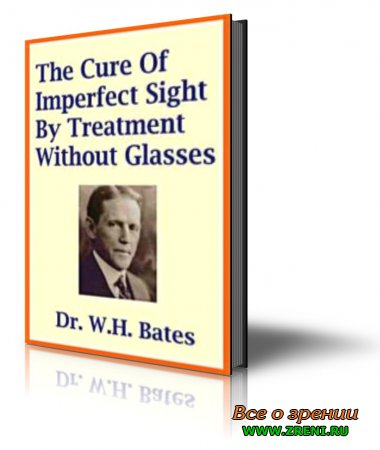There are encyclopedic reference books available in many sub-specialty areas of eye care, including pediatric ophthalmology. These large texts are most valuable when a clinician needs to quickly find a differential diagnosis, a list of treatment options, or the findings to look for when a particular syndrome is suspected.
With Pediatric Ophthalmology: Current Thought and a Practical Guide, we have not attempted to match the breadth of those exhaustive reference texts. Instead, we bring to the pediatric-oriented ophthalmologists a book they will want to read cover-tocover.
We strived for enough depth and perspective in each chapter so that the book could be considered core reading for trainees and practitioners alike.
When I first met with Marion Philipp, Senior Editor at Springer, to discuss this project, I told her that this book would be the most well-read book in the pediatric ophthalmology field because each chapter would be written by a respected thoughtleader who could give a concise overview of the most current thought and practice recommendations for that subject.
With Pediatric Ophthalmology: Current Thought and a Practical Guide, we have not attempted to match the breadth of those exhaustive reference texts. Instead, we bring to the pediatric-oriented ophthalmologists a book they will want to read cover-tocover.
We strived for enough depth and perspective in each chapter so that the book could be considered core reading for trainees and practitioners alike.
When I first met with Marion Philipp, Senior Editor at Springer, to discuss this project, I told her that this book would be the most well-read book in the pediatric ophthalmology field because each chapter would be written by a respected thoughtleader who could give a concise overview of the most current thought and practice recommendations for that subject.
